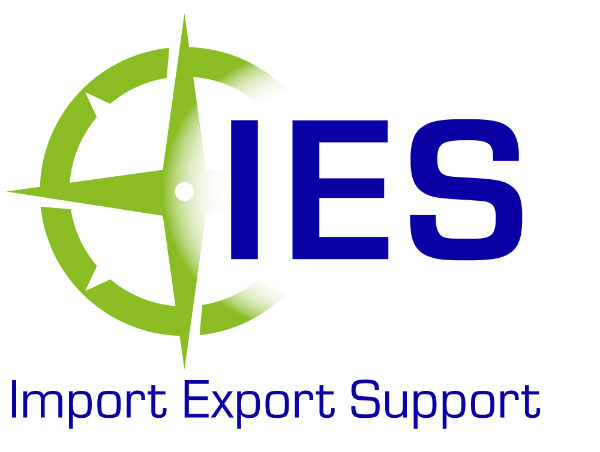Brexit: bite-sized chunks for importers and exporters
In my day job helping importers and exporters stay on the right side of HMRC compliance rules, I’m regularly asked for information and views on how Brexit will affect trade. So, ‘Brexit Bites’ is born.
This blog will look at Brexit from a trade perspective, aiming to give the reader an insight into the issues and suggest simple actions that businesses should consider to get ahead of the curve. And the good news is we don’t need to know the outcome of the negotiations in order to do this, as it makes great business sense for any business involved in international trade to make the changes.
The challenge facing us with Brexit is not dissimilar to those encountered during a marital divorce or separation. The complexity is magnified exponentially when it involves getting an agreement with 28 member states, their national Governments and the diverse needs of the 510 million individuals who reside within its borders.
Brexit to date
The Prime Minister Theresa May triggered Article 50 on the 29th March 2017 which gives us just two years of negotiations between the UK and the EU to agree EU exit terms on which the remaining 27 members states will be asked to vote to approve. If an agreement is not reached, negotiating times could be extended, but for the moment, the UK is scheduled to leave the EU on Friday, 29th March 2019, with an exit deal agreed and all existing trade agreements ceasing to apply.
Possible outcomes
In the time since negotiations started little clear progress appears to have been made, despite much political rhetoric. Even if the UK and the EU agree to replicate a trade agreement similar to those the EU has with Switzerland, Norway or Turkey, (none of which satisfy the UK’s trade requirements), 18 months is not long enough to implement a Free Trade Agreement (FTA).
This leaves the UK with two options:
Option 1: ‘Hard Brexit’
- Here, the UK is free to broker its own worldwide trade agreements. However, as of 30th March 2019, all UK imports and exports will be subject to the World Trade Organisation’s (WTO) most favoured nation tariffs. In other words, imports and exports will become more expensive.
- Free Trade Agreements (FTA) will also need to be negotiated with each country individually, but even the simplest FTAs take a minimum of five years to agree and adopt. With the UK being a much smaller country than some of our EU counterparts, it will not have the same negotiating power with larger countries such as China and the USA.
Option 2: ’Soft Brexit’
- Here, the UK would need to agree on a Transitional Arrangement with other EU countries. i.e. a ‘copy and paste’ of current EU legislation into UK law. This would allow the UK to continue to trade freely with the EU and its partners while allowing more time to broker a full trade deal with the EU and the rest of the world.
- The issue with soft Brexit is that it prolongs everything. Not only is it feared that this would damage UK businesses, but it could cause more multinationals to relocate their businesses overseas. The UK will no longer have a voice in the EU so it will be forced to abide by legislation without having any voting rights.
This series aims to give you the information you need to help make decisions for your import and export business. There’s lots more to be said so if you’ve found this useful, bookmark the page and come back for more updates as Brexit Bites!

